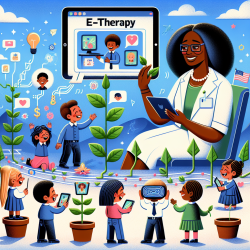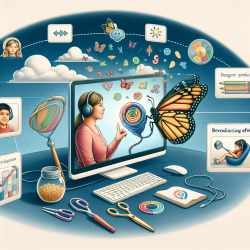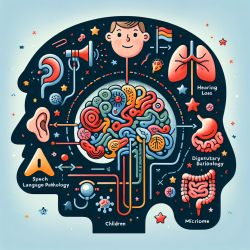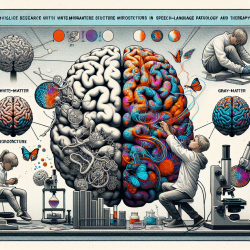In the evolving landscape of speech-language pathology, integrating Information and Communication Technology (ICT) into Applied Behavior Analysis (ABA) presents a promising frontier for enhancing therapeutic outcomes for children with neurodevelopmental disorders. A recent research article, ICT Framework for Supporting Applied Behavior Analysis in the Social Inclusion of Children with Neurodevelopmental Disorders, delves into the transformative potential of ICT in ABA applications. This blog will summarize key findings and suggest practical steps for practitioners to leverage these insights to improve their therapeutic practices.
Understanding the Role of ICT in ABA
The research highlights that ICT can significantly enhance the efficiency and effectiveness of ABA methodologies. ICT tools such as wearable sensors and artificial intelligence (AI) algorithms offer advanced solutions for continuous, context-aware monitoring and real-time behavior assessments. These technologies enable the collection of data that might not be readily evident in traditional observational studies, thus providing a more comprehensive understanding of a child's behavior.
Key ICT Components for ABA
- Wearable Sensors: These include perceptual, biomedical, motion, and location sensors that facilitate real-time behavioral monitoring in various contexts.
- Environmental Sensors: These devices provide contextual information about the child’s surroundings, which is crucial for understanding behavior in different settings.
- AI Algorithms: Properly trained AI can assist therapists by providing intervention guidelines and personalized behavioral analyses, tailored to the child's unique profile.
Practical Steps for Practitioners
Practitioners can implement the following steps to integrate ICT into their ABA therapy practices effectively:
- Adopt Wearable and Environmental Sensors: Equip children with wearable sensors to collect real-time data on various physiological and environmental parameters.
- Utilize AI for Data Analysis: Implement AI algorithms to analyze the collected data, providing actionable insights and personalized intervention strategies.
- Continuous Monitoring and Assessment: Use ICT tools for continuous monitoring to ensure data-driven decision-making and timely adjustments to therapeutic interventions.
Encouraging Further Research
While the integration of ICT in ABA therapy shows immense potential, it is crucial for practitioners to stay abreast of ongoing research and advancements. Engaging in continuous learning and participating in research initiatives can help refine and optimize therapeutic practices, ultimately leading to better outcomes for children with neurodevelopmental disorders.
To read the original research paper, please follow this link: ICT Framework for Supporting Applied Behavior Analysis in the Social Inclusion of Children with Neurodevelopmental Disorders.










